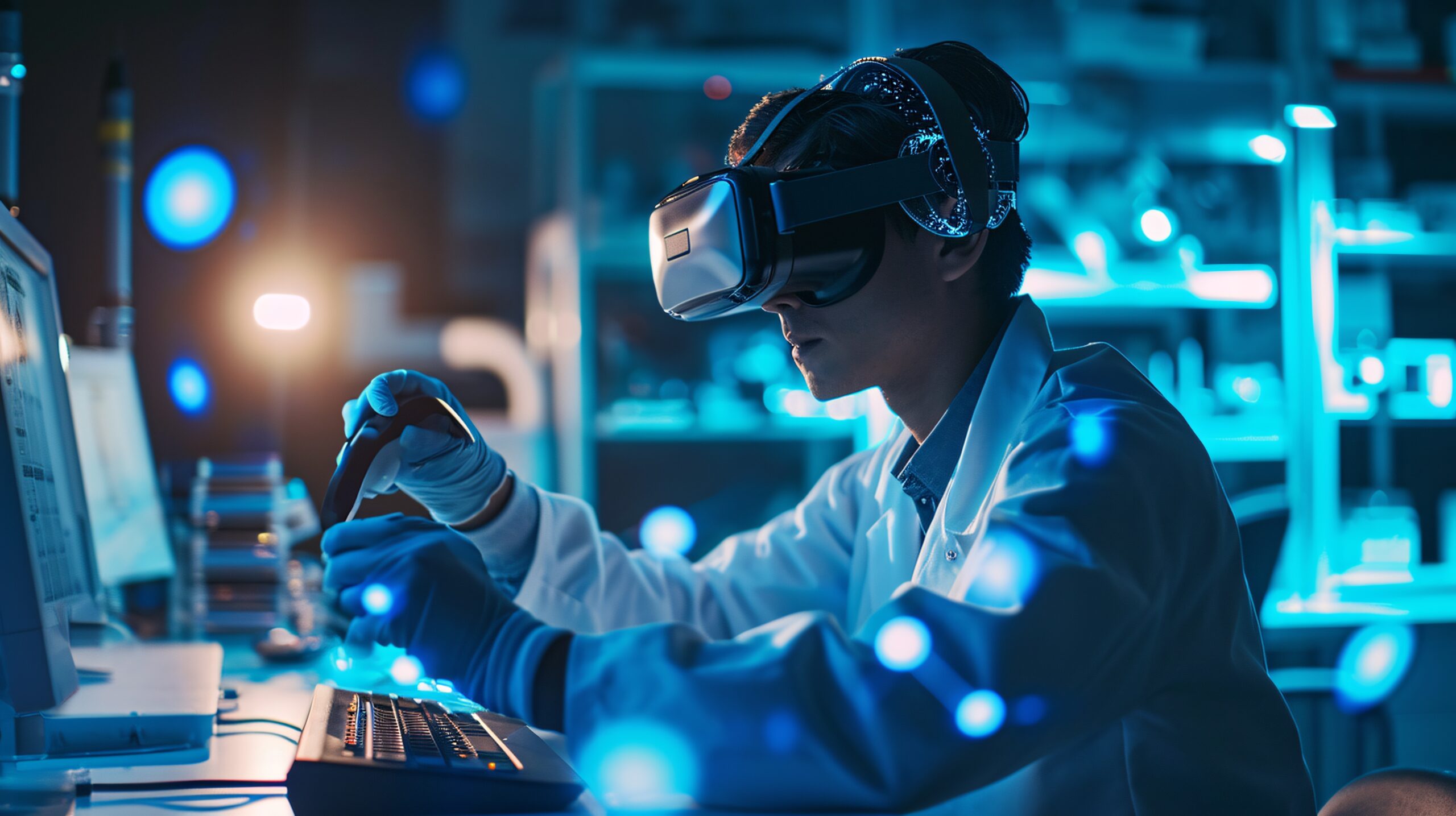
The Future of Augmented Reality: Transforming Industries Worldwide
As we navigate through the 21st century, augmented reality (AR) stands at the forefront of technological advancements, poised to revolutionize various sectors in unprecedented ways. This innovative technology, which overlays digital information onto the physical world, has steadily moved from niche applications to mainstream adoption, signaling a future where AR’s influence permeates every aspect of our lives. From enhancing retail experiences to transforming educational methodologies, the potential impacts of augmented reality are boundless. This article explores the future of AR and its anticipated impact across diverse sectors, highlighting the transformative power of this technology.
Revolutionizing Retail and E-commerce
Augmented reality is set to redefine the retail and e-commerce landscape by offering immersive shopping experiences that blend the convenience of online shopping with the tangibility of physical stores. AR enables consumers to visualize products in their own space before making a purchase, whether it’s seeing how a piece of furniture fits in their living room or how a pair of sunglasses looks on their face. This not only enhances customer satisfaction but also significantly reduces the likelihood of returns, creating a win-win scenario for both businesses and consumers.
Transforming Education and Training
In the education sector, augmented reality promises to bring about a paradigm shift by making learning more interactive and engaging. AR can bring textbooks to life, turning complex diagrams into 3D models that students can explore from every angle. Moreover, in professional training contexts, AR can simulate real-world scenarios, allowing learners to gain hands-on experience without the risks associated with physical training. This application of AR in education and training not only improves knowledge retention but also prepares individuals better for real-life challenges.
Advancing Healthcare
The healthcare industry stands to benefit immensely from augmented reality technology. AR can aid surgeons during procedures by providing real-time data and 3D visualizations of the anatomy, thus enhancing precision and patient outcomes. Furthermore, AR can facilitate medical training and patient education, making complex medical information more accessible and understandable. The potential for AR to support remote healthcare services also opens up new avenues for medical consultations and treatments, bridging geographical gaps between patients and healthcare providers.
Enhancing Manufacturing and Design
Augmented reality is transforming the manufacturing and design sectors by streamlining processes and enhancing precision. AR can project digital blueprints onto physical objects, allowing for accurate alignment and placement during the assembly process. This not only speeds up production but also minimizes errors, leading to higher quality products. In design, AR enables professionals to visualize their creations in real-world settings, fostering innovation and creativity.
Conclusion
The future of augmented reality holds immense promise for transforming industries and enhancing our daily lives. As AR technology continues to evolve and become more integrated into our devices and environments, its applications will expand, offering more immersive, efficient, and personalized experiences. The sectors mentioned above represent just a glimpse of AR’s potential impact; as we move forward, the possibilities are limitless. Augmented reality is not just a technological innovation; it’s a catalyst for change, driving progress and reshaping the future across the global landscape.
0



